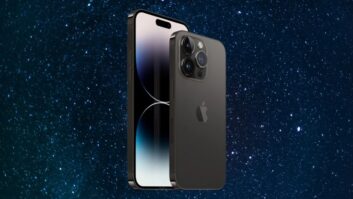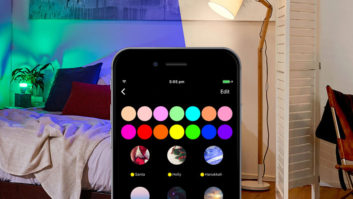There are quite a few surprising findings from our recent quarterly TraQline study of both prepaid and postpaid (contract) wireless phones.
The most surprising thing isn’t that prepaid handset purchases now represent 17 percent of the market. And, no, it isn’t even that Android OS has significantly higher market share than iOS (and both are still gaining share). What we found to be most significant is that smartphones now represent more than 50 percent of phone purchases — that started in 2011. But it’s not just limited to contract phones. We’re seeing prepaid smartphones start to come of age too — 28 percent of all prepaid phones are now smartphones.
No one can argue about the pressure on retailers to compete with online only e-tailers, but we’re really talking about consumers who are better informed. While they are paying more for these devices — 25 percent on average — when they use them for mobile commerce the cost is easily offset.
Price notwithstanding, consumers are reveling in the technology. While we may not all need a “virtual stapler” app, surveys suggest that more than 40 percent of smartphone owners use their phones somehow to aid in shopping (some suggest figures as high as 66 percent). The impact on commerce requires the industry to keep up in a big way:
- Not just phones: Mobile commerce involves tablets too, and consumers are using these devices to research and shop online.
- Not just Apple: While the iPhone continues to gain smartphone share (24 percent in 2011), there are a myriad of brands that run Android OS — the best-selling of these Android OS phone brands are HTC, Samsung and Motorola. And with 43 percent of all smartphones running Android, content needs to be OS agnostic.
- Data plans: Consumers’ appetite for data increases revenue for the carriers and bandwidth requirements.
- Data accessibility: Consumer access to anything from directions to product reviews to price searches leads to a change in the way brands and retailers market their products and their stores. Some stores offer free Wi-Fi where consumers can scan QR codes and access online content. How accessible is the content in your store and is your brand packaging taking advantage of the connected shopper?
- Mobile advertising and promotions: What content are manufacturers and retailers delivering to the consumer? Technologies exist today like WHERE or Mavia that deliver location-based content to your device as you drive by a retail location. Is the message being delivered in a way that the consumer wants to see it? Are you mining your data in a way that generates relevant and timely promotions the consumer wants to see?
Every retailer and every brand should be able to answer the question: What’s my mobile strategy? If you hesitate on this point, you risk being left in the dust. Savvy retailers not only have a mobile strategy, they are actively evolving their marketing outreach efforts to adapt to shifting consumer demand. Where does your organization fit into the mobile puzzle?
Eric Voyer is sales and marketing VP for Louisville, Ky.-based The Stevenson Company. He can be reached at [email protected] or at (502) 271-5267.













